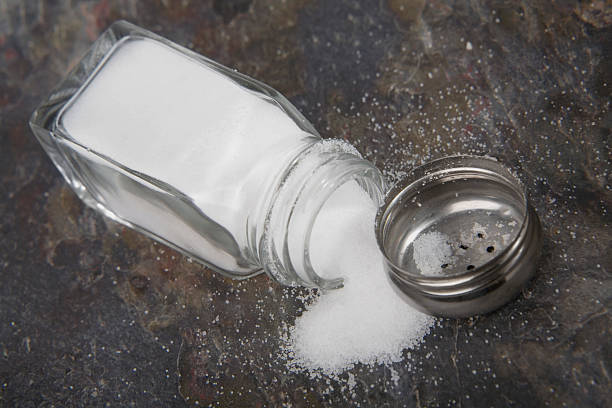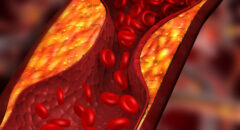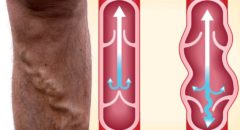
Salt is a common ingredient in many foods and you might find it hard to imagine cooking without it. However, its prevalence in foods is precisely why it’s estimated that nine out of ten Americans consume more sodium than they need. Given the link between excess sodium and health issues, it’s a good idea to explore how you can reduce the amount of salt in your diet. With these changes, you won’t even miss it.
RELATED: 6 Things That Happen to Your Body When You Consume Too Much Salt
10 Easy Ways To Reduce Your Salt Consumption

1. Reduce High-Salt Foods
Salt is often used as a preservative and seasoning in processed foods so reducing how much you eat is a great way to cut the salt in your diet. Common processed foods include deli meats such as turkey, sausages, and pepperoni. Instant meals like noodles usually have a lot of salt as well.
2. Look For Low-Salt Options
Many condiments and all-purpose seasonings are hiding more salt than you think. You can avoid the high sodium content by looking for low-salt options when you go shopping. If you’re not sure about what should have that option, do some research when writing your list.
3. Opt For Fresh Foods
Cooking from scratch is a great way to control how much salt you consume. That means choosing fresh vegetables, lean meats, seafood, and chicken instead of pre-prepared foods.
RELATED: How to Tell If Your Body Isn’t Absorbing Salt Properly
4. Put The Salt Shaker Away
It’s common to have a salt shaker on the table at home or in restaurants. The problem is that it encourages you to add salt to food without tasting it. Additionally, the more salt you eat, the less you’ll notice when something is too salty. Cutting back can help to reset your tastebuds.
5. Ask For Less Salt At Restaurants
While it’s easier to manage your salt consumption by cooking at home, you might not be able to avoid eating out occasionally. It’s a good idea to ask for less salt in your meals when that happens.
6. Be Mindful When Cooking
When preparing meals, take note of how much unnecessary salt you may be adding. For example, skipping the salt when cooking pasta can make a difference if you’re going to add other ingredients later.
7. Enhance Your Meal’s Flavors
Ingredients like apple cider vinegar, lemon juice, balsamic vinegar, and nutritional yeast can be used to enhance the natural flavors in your meals without adding any salt.
8. Use Different Spices
There is a whole range of natural herbs and spices that can add flavor to your meals. Many of them also have great health benefits. Some great options include garlic, ginger, rosemary, sage, smoked paprika, and tarragon.
9. Rinse Canned Foods
If you have to use canned foods, it’s a good idea to rinse them. This will remove the excess salt that was used in the preservation process. It’s also better to use them in cooking than eat them as is.
RELATED: Are Salt Substitutes Safe? how to cut salt
10. Use Nutritional Labels
The truth is that salt is present in more foods than you think. You can get a handle on hidden salt by looking at the nutritional panels on your food. Health experts recommend sticking to food that contains five percent of your daily value. Anything that contains close to 20 percent should be avoided.
RELATED: Benefits Of Pink Himalayan Salt how to cut salt
How Too Much Salt Can Hurt You
While we need the sodium that’s contained in salt for essential body functions, too much of it can have serious health implications. Generally, it’s recommended for the average adult to have 2,300 mg of sodium per day to maintain the proper balance of water and minerals, conduct nerve impulses, as well as contract and relax muscles.
However, many Americans are consuming 3,500 mg of sodium per day and more. This excess makes them more likely to develop chronic illnesses such as high blood pressure, kidney disease, pulmonary hypertension, and heart disease. There is also some evidence that consuming too much salt can increase your risk of developing osteoporosis.
These illnesses are of particular concern for Black Americans as statistics show that they are more prone to being diagnosed with them. Therefore, it makes sense to take the appropriate measures to reduce your salt consumption.
Salt isn’t bad for you when you’re eating the amount that you need. Unfortunately, it’s very easy to surpass the daily recommended levels so you have to pay attention to what’s in your diet. Even small changes in your meals can make a difference.








